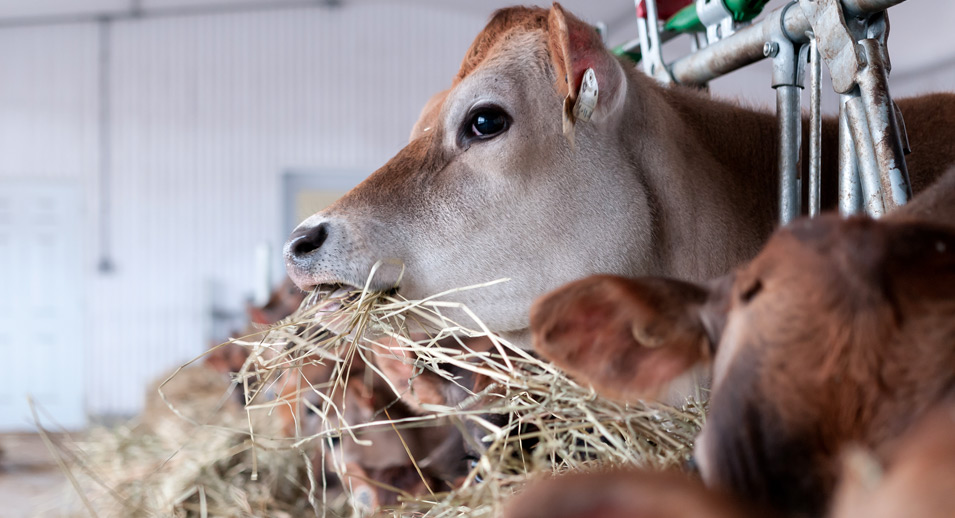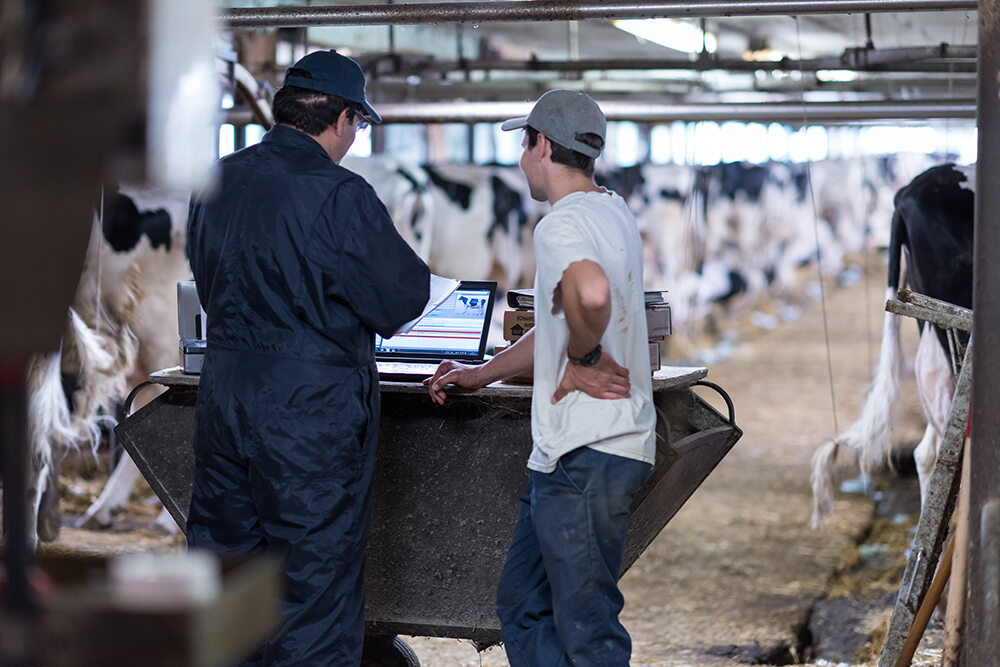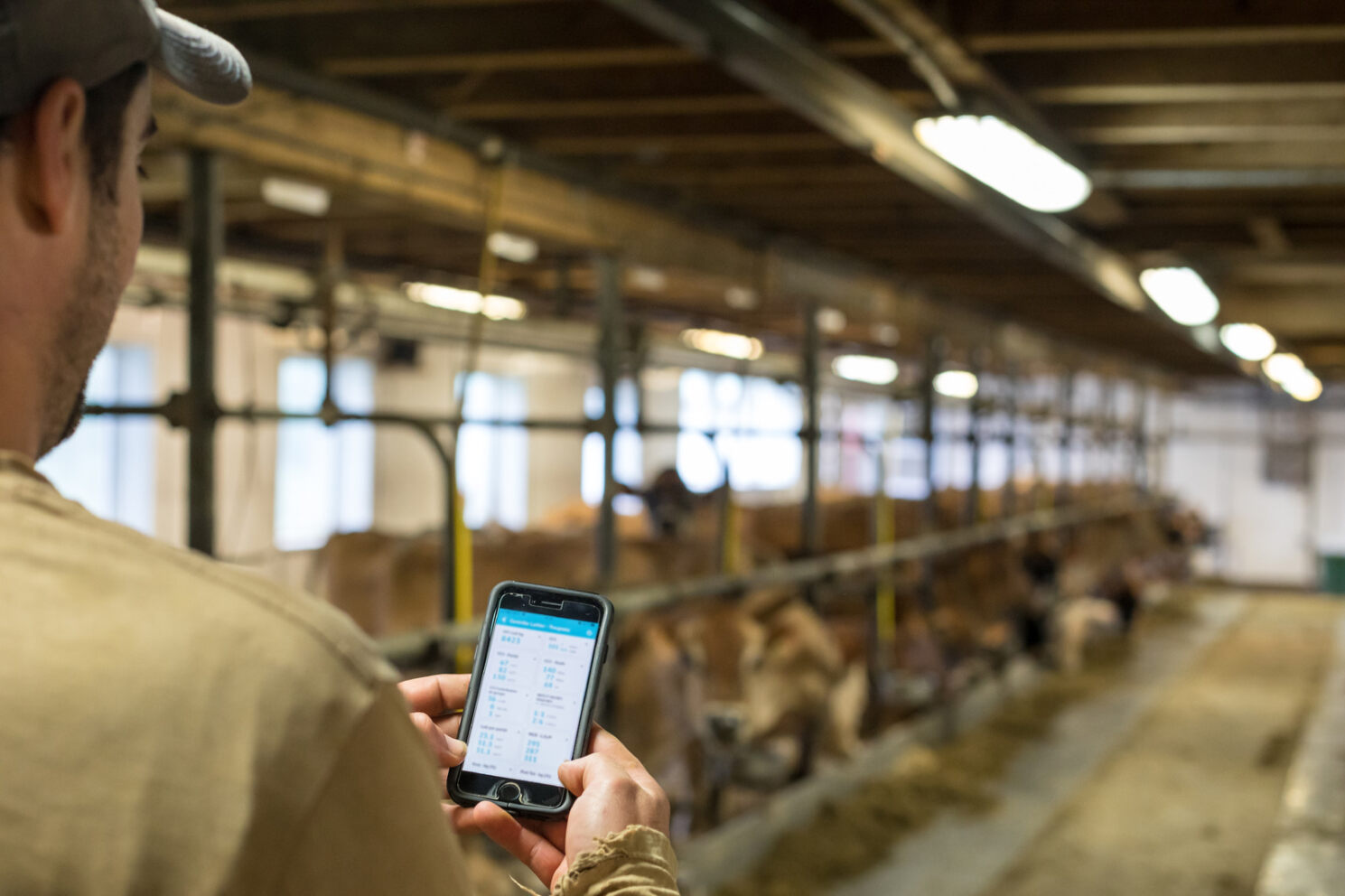Sub-clinical Ketosis Screening
- March 22, 2021
Monitoring β-hydroxybutyrates (BHB) during the transition period is a widely used management strategy in dairy herds.

The presence of β-hydroxybutyrate (BHB) in the milk and blood at the beginning of lactation is the result of a physiological adaptation to an energy deficit that is present at that given time. Problems can arise when some cows lose control and produce excessive amounts.
There are several tools available to screen for subclinical ketosis, which can sometimes lead to confusion. One question that comes up occasionally pertains to the correlation between milk and blood tests.
“My cow was negative on my KETOLAB report but a blood test gave the opposite result. Does this mean that one of the tests isn’t right?”
On occasion, a blood test result may seem to contradict a KETOLAB result. So does this mean that one of the two results is incorrect? Let’s try to shed some light on the matter!
The first thing to check: Were the samples taken on the same day?
Hyperketonemia is defined as an overproduction of ketones in the body with levels of BHB that are higher than normal. For some cows, hyperketonemia is short-lived, and they quickly regain control of the situation with little or no adverse consequences.
Unfortunately, some cows fail to recover from the situation and develop hyperketonemia that persists for several days resulting in potential health problems.
Levels of BHB (in the blood or in the milk) are part of a dynamic physiological process. Consequently, it is possible for a cow to have hyperketonemia one day, but not the day before, or the day after, depending on whether the situation has improved or deteriorated.
Were the samples taken at the same time of day?
BHB levels are strongly influenced by diet and can vary throughout the day.
Some research has shown that BHB values are generally lower during the night and early in the morning (before feeding the cows) and reach their maximal values during the day (generally a few hours after feeding the cows).
The extent of this variability will be greater for cows who have had hyperketonemia for several days. This type of cow can easily find themselves with a normal value early in the day and in hyperketonemia a few hours later.
Should I test for BHB in the blood or in the milk?
A blood sample taken at the same time as a milk sample may not necessary provide the same information.
In fact, blood sample analysis is comparable to a photograph of a cow’s metabolic situation at a precise moment whereas milk sample analysis provides more of an average BHB value since the last milking.
Some researchers have hypothesized that milk samples may even be able to provide a more stable evaluation of a cow’s metabolic situation.
A Herd Test
As mentioned previously, hyperketonemia is a short-term situation for some cows but can persist longer for others. The percentage of cows with hyperketonemia and the variation of this parameter over time is what a producer should concentrate on when they use the KETOLAB test. This is the reason why KETOLAB is known as a herd test.
See how Jennifer Donahue, Lactanet Strategic Advisor, uses KETOLAB.
How can decide which tool I should use?
Blood and milk are two biological fluids that can be used efficiently to monitor the transition period.
The important thing is to implement a testing strategy that meets your objectives and to interpret the results properly.
Take time to discuss this important topic with your Lactanet advisor, your feed advisor and/or your veterinarian to set up a strategy that works for you.
In collaboration with Jennifer Donahue, Strategic Advisor, Lactanet











